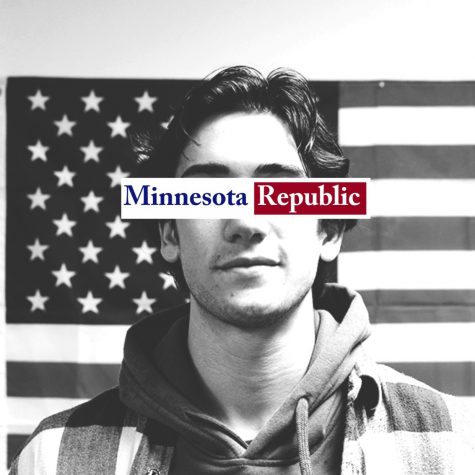Decision on Renaming Buildings Pushed Back
March 26, 2019
For the past twenty-two months, the University of Minnesota has slowly tried to change the names on four campus buildings. These changes come from President Eric Kaler and Executive Vice President Karen Hanson, who have charged a Task Force to “recommend actions regarding the names of specific buildings mentioned in ‘A Campus Divided’ along with the Minnesota Student Association’s proposal”. The buildings whose names are called into question are Coffman Memorial Union, Middlebrook, Nicholson, and Coffey Halls. While the rhetoric surrounding the name changes is cavalier, this process still seems to move at a much slower pace than at other large universities.
Out of the ten large universities who have completed similar building name changes, the University of Minnesota has moved at a metered rate. Yale University removed John C. Calhoun’s name from one of their undergraduate colleges in only six months. The University of Pittsburgh was similarly able to rename their public health building in six months. Maryland University was also able to change the name on their football stadium in just three months.
The task force released their 125-page report detailing their findings. They took input from the public along with a review of the individuals’ career including accomplishments and their actions that have caused the controversy. As the report has been released, the final decision will come down to the Board of Regents, who will ultimately decide what they believe is the best course of action. Whether their decision is to rename the buildings has yet to be seen.
The task force put together by Kaler and Hanson has pushed for the renaming of all four buildings along with other initiatives to continue reparations. The basis of these claims that the racial discrimination and antisemitism that was encouraged by these University leaders who later had buildings named for them were a product of their own persons and do not deserve to be a part of the university’s future in which cultural diversity and equality are encouraged.
As stated in Section II of the Board of Regents Policy on Naming’s, “it is critically important that the integrity, history, behavior, and reputation of the named individual or organization be consistent with the academic mission and values of the University.” In the case of all four individuals, their actions do not follow this statement and contradict what this university stands for. In the case of Coffman, who saw the university grow to the third largest in the United States, used policies of rampant racial discrimination and antisemitism. This was seen mostly in the housing in which he supported the social segregation of African American and Jewish students as they were admitted in growing numbers. Middlebrook followed similar practices as he worked with Coffman through much of his administration and continued after to segregate the housing of both undergraduates and students enrolled in the School of Nursing. Edward Nicholson, who served as the first Dean of Student Affairs, spied on students with opposing political beliefs and used his authority to remove influence and keep political activists off campus. Coffey is the final name that came into question as his continuation of racially segregated housing policies and refusal to meet with students and activists to change such policies.
This report was shown some backlash when shown to the Board of Regents who have expressed concerns specifically within how much blame was placed on the individuals rather than on the Boards of Reagents for their eras. Also, some scrutiny over the lack of citations for serious allegations about antisemitism, specifically in the case of Nicholson.
With the Board of Regents not making a decision until May, the removal of the names will continue to be pushed off. The University has also formed a permanent Advisory Committee on University History that will be used should any other buildings be considered to be renamed on any of the University of Minnesota’s campuses.












